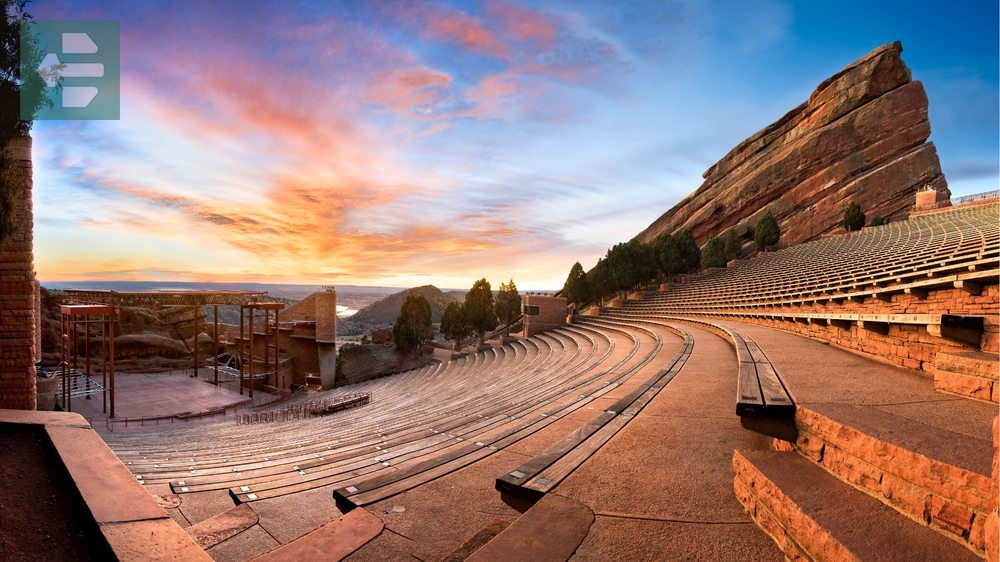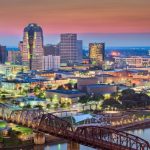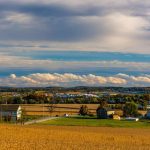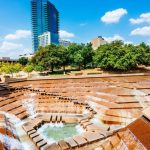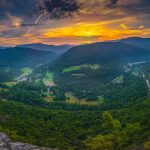Denver combines urban sophistication with mountain accessibility, offering everything from world-class museums to iconic sports venues. The best places to visit in Denver Colorado include Red Rocks Amphitheatre, Denver Art Museum, Union Station, and Coors Field. Other must-see destinations are the Denver Botanic Gardens, 16th Street Mall, and the Colorado State Capitol.
Keep reading as we explore Denver's top attractions that blend culture, nature, and Rocky Mountain charm into an unforgettable experience.
List of Contents
- 1. Red Rocks Park and Amphitheatre: Nature's Concert Hall
- 2. Denver Art Museum: Architecture as Art
- 3. Union Station: Denver's Living Room
- 4. Denver Botanic Gardens: 24 Acres of Global Flora
- 5. Coors Field: Baseball in the Thin Air
- 6. 16th Street Mall: Denver's Pedestrian Heart
- 7. Denver Zoo: 4,000 Animals, 80 Acres
- 8. Big Blue Bear: Denver's Curious Giant
- 9. Denver Museum of Nature and Science: Four Floors of Wonder
- 10. Downtown Aquarium: Ocean Life at 5,280 Feet
- 11. Elitch Gardens Theme and Water Park: Thrills with Mountain Views
- 12. Colorado State Capitol: Democracy with Golden Views
- Your Denver Adventure Awaits
1. Red Rocks Park and Amphitheatre: Nature's Concert Hall
Red Rocks stands as the world's only naturally acoustically perfect amphitheatre, carved between two 300-foot red sandstone monoliths. The venue has hosted everyone from The Beatles to modern headliners, but the real magic happens during sunrise yoga sessions.
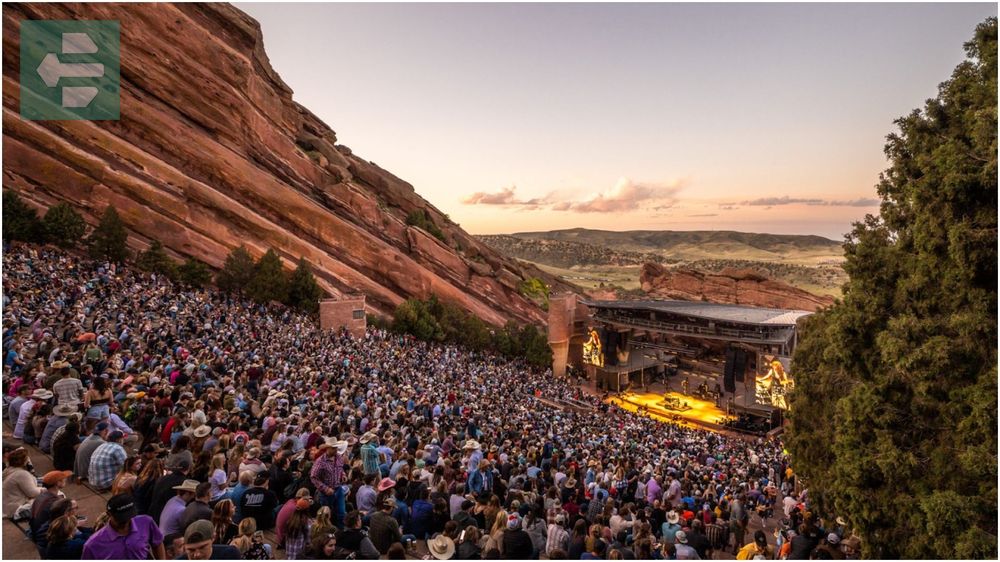
I've watched countless sunrises here, but nothing compares to that moment when golden light hits the rocks and Denver's skyline emerges from the morning mist below.
The hiking trails open at 5 AM—arrive early to walk the venue steps before crowds gather. Local runners consider conquering these stairs a rite of passage.
Quick Facts:
- Peak season: May-October
- Access: 30-minute drive from downtown Denver
- Entry: Free (concert tickets vary)
- Suggested time: 2-3 hours
- Notable spots: Visitor Center, Trading Post, hiking trails
2. Denver Art Museum: Architecture as Art
The Daniel Libeskind-designed building resembles a giant crystal jutting from the earth, with sharp angles and titanium panels that change color throughout the day. Inside, 70,000 works span ancient to contemporary art.
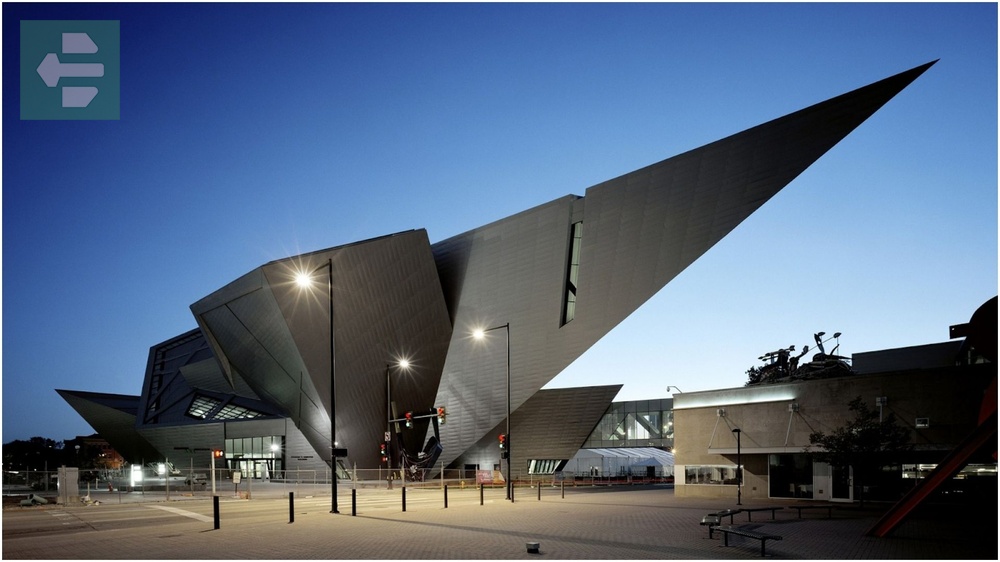
The building itself challenges visitors—there are no right angles, and floors tilt unexpectedly. This disorientation is intentional, designed to make you see art differently.
Don't miss the Western American Art collection on the third floor. It's the largest of its kind and tells Colorado's story through brushstrokes and bronze.
Quick Facts:
- Peak season: Year-round
- Access: Light rail to Theatre District-Convention Center
- Entry fee: Adults $24, students/seniors $18
- Suggested time: 3-4 hours
- Notable collections: Contemporary, Western American, American Indian
3. Union Station: Denver's Living Room
This Beaux-Arts masterpiece from 1914 transforms a transportation hub into the city's social center. The Great Hall's barrel-vaulted ceiling soars 65 feet above marble floors where travelers once waited for trains to California.
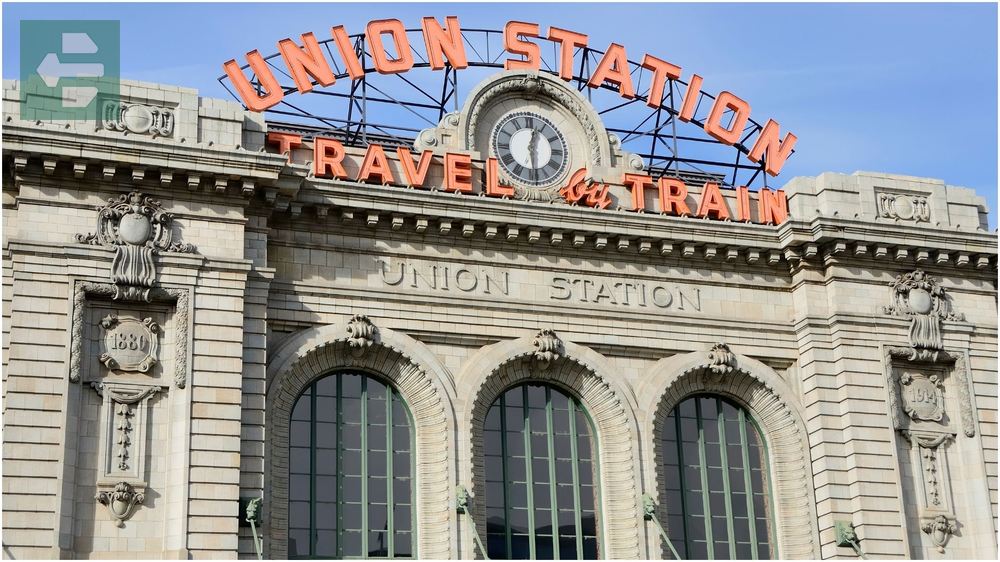
Today, locals meet friends at the central bar while Amtrak passengers still catch the California Zephyr to San Francisco. The juxtaposition of old and new creates something uniquely Denver.
The Terminal Bar serves craft cocktails in vintage train cars. Grab a window seat during evening rush hour—watching commuters hurry past while you sip whiskey feels like time travel.
Quick Facts:
- Peak season: Year-round
- Access: Multiple bus and light rail lines converge here
- Entry: Free to explore
- Suggested time: 1-2 hours
- Notable spots: Great Hall, Terminal Bar, boutique shops, restaurants
4. Denver Botanic Gardens: 24 Acres of Global Flora
These gardens showcase plants from six continents across themed areas, from tropical conservatories to alpine rockeries that mirror Colorado's high country. The Japanese Garden, built with materials shipped from Japan, offers downtown's most peaceful retreat.
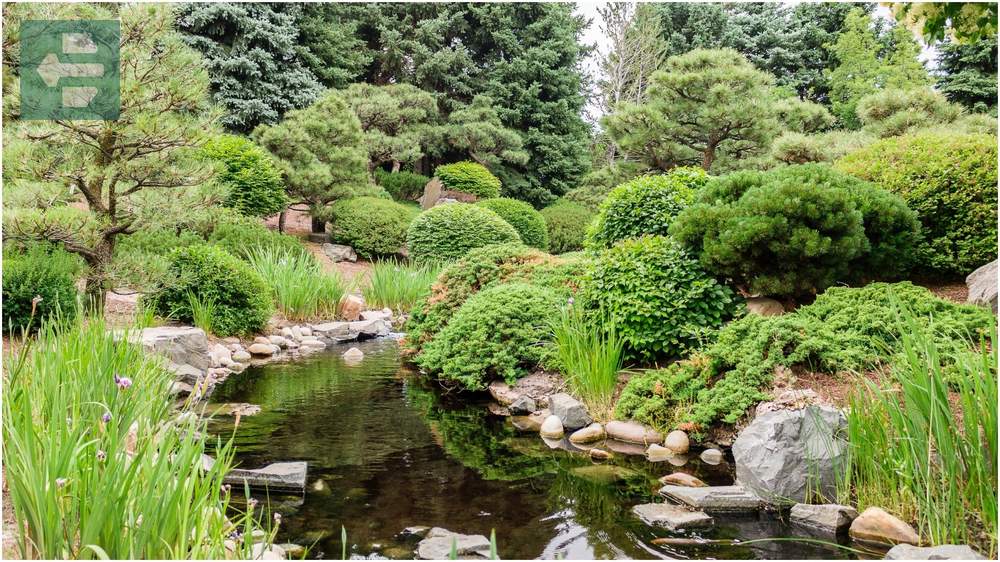
Spring brings 150,000 tulips, but I prefer autumn when the ginkgo trees turn gold against Denver's blue sky—a color combination that exists nowhere else quite like this.
Visit on Wednesday evenings during summer for Concerts in the Garden. Pack a picnic and claim a spot early near the main stage.
Quick Facts:
- Peak season: April-October
- Access: Bus route or 15-minute drive from downtown
- Entry fee: Adults $15, children $12
- Suggested time: 2-3 hours
- Notable areas: Japanese Garden, Tropical Conservatory, Rose Garden
5. Coors Field: Baseball in the Thin Air
Built in 1995 in Denver's historic LoDo district, Coors Field sits exactly 5,280 feet above sea level—one mile high. This altitude makes baseballs fly 10% farther, creating more home runs and higher-scoring games.
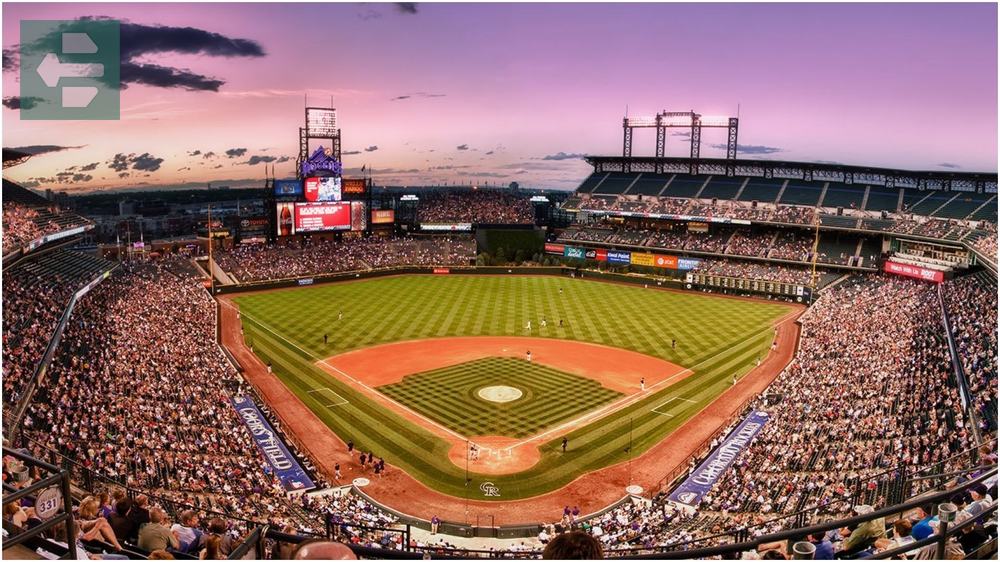
The ballpark integrates brick warehouses and maintains sight lines to the Rocky Mountains beyond right field. On clear days, you can see Longs Peak 60 miles away.
Locals know the Rooftop deck offers the best value—standing room tickets include access to the bar and those mountain views. Arrive 30 minutes before first pitch to avoid crowds.
Quick Facts:
- Peak season: April-September (baseball season)
- Access: Light rail to Union Station, then 5-minute walk
- Entry fee: Tickets from $4 (Rockpile) to $200+ (premium)
- Suggested time: 3+ hours (full game)
- Notable features: Mile High marker, Rooftop deck, Mountain views
6. 16th Street Mall: Denver's Pedestrian Heart
This mile-long pedestrian promenade connects downtown to the theatre district, lined with 200 trees and red granite imported from the same Colorado quarries that built the State Capitol. Free shuttle buses run every 90 seconds.

The mall splits downtown into a grid of discovery—side streets hide craft breweries, independent bookstores, and restaurants serving everything from Vietnamese pho to Colorado bison.
Street performers gather near the D&F Tower clock. The best shows happen Friday evenings when office workers join tourists for impromptu concerts.
Quick Facts:
- Peak season: Year-round
- Access: Multiple light rail stops along the mall
- Entry: Free (individual business prices vary)
- Suggested time: 2-3 hours for browsing
- Notable spots: D&F Tower, Skyline Park, Writer Square
7. Denver Zoo: 4,000 Animals, 80 Acres
Established in 1896, Denver Zoo houses everything from Amur tigers to Galapagos tortoises across naturalistic habitats. The 10-acre African Savanna lets giraffes, elephants, and lions roam in spaces designed to mimic the wild.

The zoo's location in City Park means mountain views backdrop the habitats—watching bison graze with the Front Range rising behind them connects Colorado's past and present.
Visit during Boo at the Zoo in October. The after-dark experience transforms familiar exhibits into something magical, and admission includes trick-or-treating stations.
Quick Facts:
- Peak season: March-October
- Access: Bus routes to City Park or 10-minute drive from downtown
- Entry fee: Adults $20, children $14
- Suggested time: 4-5 hours
- Notable exhibits: African Savanna, Primate Panorama, Toyota Elephant Passage
8. Big Blue Bear: Denver's Curious Giant
Lawrence Argent's 40-foot blue bear sculpture peers eternally into the Colorado Convention Center, as if trying to understand what humans do inside. Cast in blue fiberglass, it weighs 3.5 tons and has become Denver's most photographed public art.

The bear's expression captures something essentially curious about Denver itself—a city that looks both inward to its urban core and outward to wild places just an hour away.
Photographers love sunrise shots when the bear's shadow stretches across 14th Street. The sculpture looks different from every angle, so walk around it completely.
Quick Facts:
- Peak season: Year-round
- Access: Light rail to Theatre District-Convention Center
- Entry: Free viewing from street
- Suggested time: 15-30 minutes
- Notable features: Photo opportunities, Convention Center architecture
9. Denver Museum of Nature and Science: Four Floors of Wonder
This museum houses 1.5 million specimens and artifacts, from a T-Rex skeleton to a working particle accelerator. The IMAX theater shows nature documentaries on a four-story screen, while the planetarium projects 14 million stars.

The Space Odyssey exhibition includes actual spacecraft and moon rocks brought back by Apollo astronauts. Standing next to these artifacts, you realize humans actually left this planet and returned safely.
Visit the Expedition Health exhibit on the fourth floor. Interactive displays let you test your fitness against Olympic athletes—humbling but motivating.
Quick Facts:
- Peak season: Year-round
- Access: Bus routes to City Park or short drive from downtown
- Entry fee: Adults $20, children $15 (additional fees for IMAX/planetarium)
- Suggested time: 4-6 hours
- Notable exhibits: Dinosaur Journey, Space Odyssey, Discovery Zone
10. Downtown Aquarium: Ocean Life at 5,280 Feet
This aquarium brings oceanic ecosystems to landlocked Colorado, housing 500 species in 1.5 million gallons of water. The 107,000-gallon main tank features sharks, stingrays, and tropical fish swimming above a transparent tunnel.

The building itself tells Denver's story—constructed around a historic 1911 railroad powerhouse, it blends industrial architecture with aquatic environments.
Time your visit with feeding shows. Watching a sea turtle navigate through schools of tropical fish while downtown Denver rises through skylights creates an surreal juxtaposition.
Quick Facts:
- Peak season: Year-round
- Access: Light rail to Pepsi Center/Elitch Gardens
- Entry fee: Adults $22, children $16
- Suggested time: 2-3 hours
- Notable exhibits: Shark tunnel, Touch tanks, Stingray reef
11. Elitch Gardens Theme and Water Park: Thrills with Mountain Views
Colorado's largest amusement park combines traditional roller coasters with water slides, all set against Front Range views. The Mind Eraser coaster reaches 78 mph while the Boomerang flips riders upside down six times.

What sets Elitch Gardens apart is its location—few theme parks let you scream through loops while snow-capped peaks fill the horizon.
The water park opens Memorial Day weekend. Locals hit the lazy river early morning before crowds arrive, then migrate to thrill rides as temperatures climb.
Quick Facts:
- Peak season: May-September
- Access: Light rail to Pepsi Center/Elitch Gardens
- Entry fee: Single day passes from $45-70 (seasonal pricing)
- Suggested time: Full day (6-8 hours)
- Notable rides: Mind Eraser, Boomerang, Tower of Doom
12. Colorado State Capitol: Democracy with Golden Views
This 1908 building rises 272 feet above downtown, its gold dome plated with real Colorado gold leaf from the town of Central City. Free tours explain Colorado's political history while showcasing Italian marble and rare rose onyx.

The dome's observation deck sits exactly one mile above sea level—the 15th step on the west side marks 5,280 feet. From here, downtown Denver spreads below while the Rocky Mountains dominate the western horizon.
Visit during late afternoon when golden hour light matches the dome's gleam. The building literally glows against Colorado's perpetually blue sky.
Quick Facts:
- Peak season: Year-round (tours Monday-Friday)
- Access: Light rail to Union Station, then 10-minute walk
- Entry: Free tours every 45 minutes
- Suggested time: 1-2 hours including dome climb
- Notable features: Gold dome, marble rotunda, Mile High marker
Your Denver Adventure Awaits
The best places to visit in Denver Colorado offer something rare—a city where urban sophistication meets mountain wilderness, where you can catch a baseball game at 5,280 feet or watch concerts between red sandstone cliffs.
Each destination tells part of Denver's story, from the frontier spirit preserved in Union Station to the modern creativity displayed at the Art Museum. Pack comfortable shoes and prepare for thin air.
The mountains are calling, the museums are waiting, and Denver's perfect 300 days of sunshine annually mean almost any day is perfect for exploration. Your Rocky Mountain adventure starts now.
